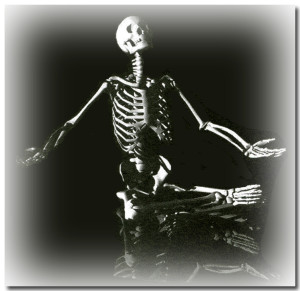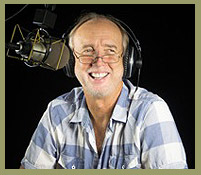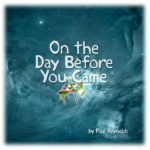DEATH as Yoga
It has been said that we die every day. If we can agree that our hatha yoga practice is in essence a mirror of how we move in our everyday lives, then each time we take to the mat we experience a kind of death, a letting go.
Each posture is asking us to let go of how we think we are supposed to move. Each posture often asks us to ‘put to rest’ a pattern or rut that we have been cultivating over years.
Over my years of practice and teaching I have often observed students (and myself) usually entering a posture with a renewed sense of energy and excitement. This is the flip side of the dying or letting go; it is the birth so-to-speak of the posture. Its energy is just that,a movement into a new space, maybe experienced before, maybe not.
As we work into it, when the posture feels good, stable we feel as if we could hold onto it just a little bit longer, perhaps forever. But in the framework of the practice we will need to let go, to move on to the next asana.
When the pose ‘poses’ a challenge, when it hits the edge that brings up “stuff” or challenges our limits of strength and endurance, many times we
want to stop, let it go now get on to the next pose to possibly recuperate or recharge. In both instances the exit is often a hurried and less than graceful attempt to get to the next place to see if it is any better. None of this is wrong; by the way, it is a natural tendency.
There is an acknowledgement of the death of that moment. Our emotional/physical make up dictates how we are going to do that. But there is a loss of a learning opportunity when we forget to honor that exiting . Consider getting out of the posture with as much enthusiasm, integrity and mindfulness as we had moving into it.
This tendency is revealed in other aspects of life as well. Take a look at how you enter and leave relationships or jobs, leave one home and move to another, or even how you get into and out of conversations. Each requires a letting go, an exiting, a little death
In the posture of savasana, the corpse pose, which usually comes at the very end of a session, one can often encounter fidgeting and agitation as if this acknowledgement of death, as its name suggests, may bring discomfort.
But it brings with it also a time of replenishing energy and rest, total relaxation.
The hatha practice in its entirety is based on learning to let go. That letting go leads (in terms of the asana) many times to new discoveries such as greater openness, flexibility, energy and strength. Each quality arrives as is neatly prescribed, by each of us according to our needs.
A very powerful meditation among swamis is to sit amidst the cremating bodies along the Ganges to further understand and embrace this aspect of human existence, this principle of an ever-evolving life.
Death and life – not opposites. In-breath and out-breath – not opposites. Male and female – not opposites. Right and left, up and down,inner and outer – all interdependent partners, one setting up for the other.
As you move into your practice on the mat or off, yogi or not, with whatever facilitator you have chosen be prepared to “die” a little. Die to who you think you are, to how the practice should be, and surrender to the unlimited possibilities of the present
“May we realize a peace that depends on … nothing.”
–Paul Reynolds

“Not Christian or Jew or Muslim, not Hindu, Buddhist, Sufi, or Zen. Not any religion or cultural system…..” - Rumi
For over 30 years Paul Reynolds has collected and shared inspiration from a wide variety of sources. Embracing the philosophy that at the core of all these expressions is the reminder that we are loved and supported every moment. This unending stream of inspiration, imagination and wisdom is posted via his weekly ‘Living the Question Blog’, which has become ‘home’ for those discoveries. If you would like to receive the readings and share them with those you feel will benefit, please fill out the ‘Subscribe’ form to the right and Paul’s selections will come to your email every Friday.




